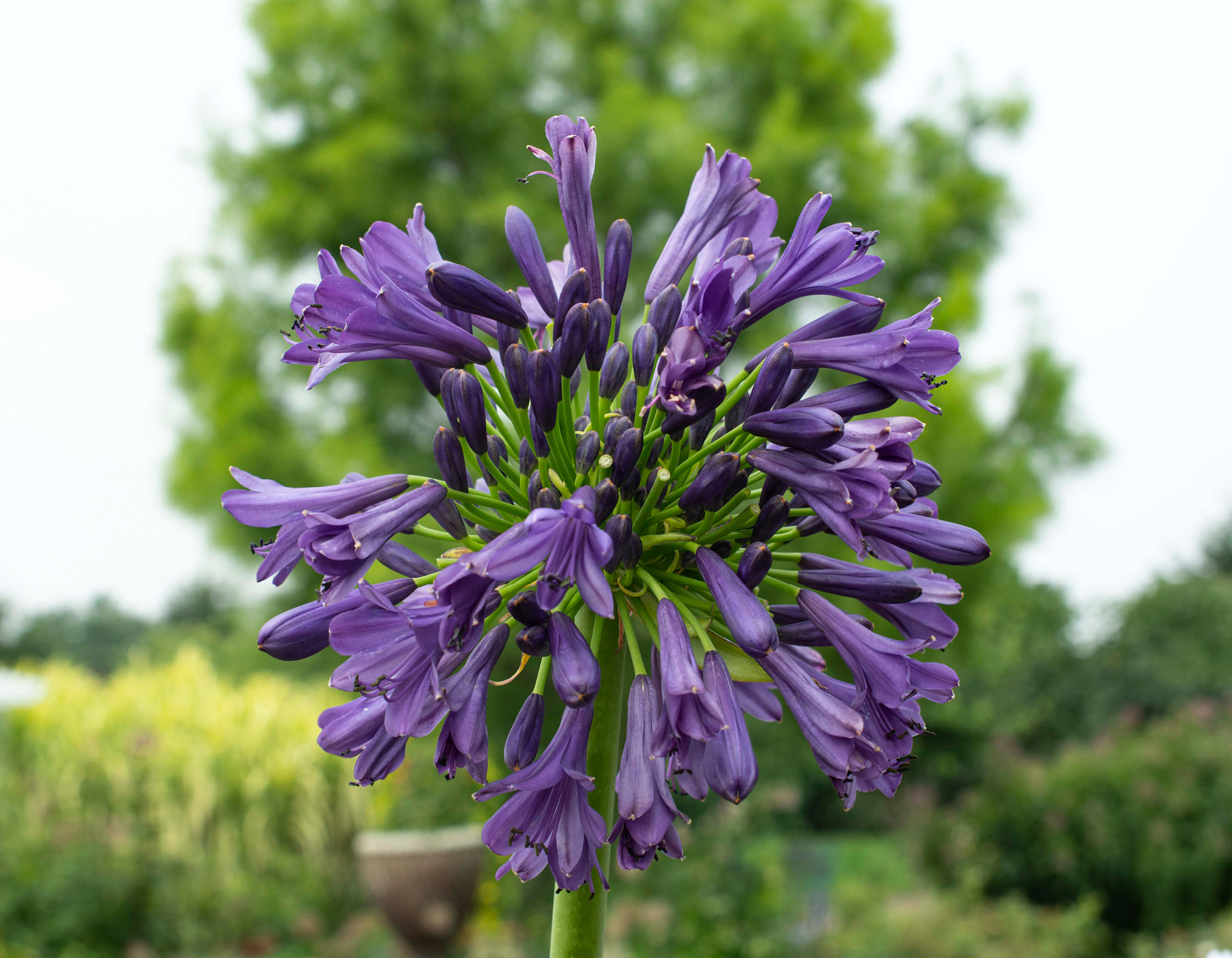Grasping the Art of Agapanthus Treatment: Important Actions for Healthy And Balanced Development and Lively Flowers
In the world of cultivation, the farming of agapanthus stands as a fulfilling venture for those who seek to nurture these elegant flowering plants. From choosing the ideal range to mastering trimming methods, the journey in the direction of cultivating flourishing agapanthus plants is diverse and holds the essential to opening the complete possibility of these herb treasures.

Picking the Right Agapanthus Selection

When picking the appropriate Agapanthus range for your garden, think about factors such as climate suitability, flower color, and development routine. Furthermore, think about the environment in your region to ensure the Agapanthus selection you choose can thrive in your specific problems. Comprehending the development routine of various Agapanthus ranges is essential for appropriate positioning within your yard.
Perfect Planting Problems
Thinking about the optimum ecological requirements is essential for successful Agapanthus farming. Agapanthus thrives in well-draining dirt with a somewhat acidic to neutral pH degree. When planting, choose an area that obtains full sunlight to partial color. In hotter climates, providing some mid-day shade can protect against scorching of the leaves. Agapanthus plants are delicate to cold temperature levels and must be shielded from frost during cold weather.
To make certain healthy and balanced development and vibrant blossoms, plant Agapanthus light bulbs at a depth of concerning 2-4 inches and space them 8-12 inches apart. Mulching around the base of the plants helps keep wetness and subdues weed development.
Watering and Fertilizing Tips
Keeping correct dampness degrees and offering vital nutrients are crucial elements in the treatment regimen for Agapanthus plants. When it pertains to sprinkling Agapanthus, it is vital to strike an equilibrium. These plants favor continually damp dirt yet are susceptible to root rot if overwatered. Throughout the expanding period, water deeply as soon as a week, making sure the dirt is well-draining to stop waterlogging. In hotter climates or throughout durations of drought, even more frequent watering might be necessary to maintain the dirt uniformly wet. Nevertheless, lower watering in the winter season to stop waterlogged conditions.
Feeding Agapanthus is essential for promoting healthy and balanced growth and prolific blooms. Use a balanced fertilizer, such as a 10-10-10 formula, in the very early springtime as new development arises. By complying with these watering and feeding ideas, you can ensure your Agapanthus plants flourish and generate lively, durable flowers.
Trimming Techniques for Agapanthus
Trimming Agapanthus plants at the ideal times and with proper methods is important for preserving their health and wellness and promoting ideal growth and flowering. The optimal time to prune Agapanthus is in late wintertime or very early spring prior to new growth arises. Start by removing any type of dead or yellowing fallen leaves near the base of the plant. Cut them as short as feasible without harming the emerging shoots.
Deadheading invested blossoms can additionally reroute see post the plant's energy into producing even more blooms instead than establishing seeds. If you desire to gather seeds for proliferation, leave some flowers to fully grown and dry on the plant.
Remember to utilize tidy, sharp devices to make accurate cuts and reduce the threat of presenting conditions. Agapanthus. More Help Routine pruning will certainly help keep your Agapanthus looking healthy and neat while ensuring a bountiful screen of gorgeous blossoms
Taking Care Of Typical Parasites and Conditions
After making certain proper pruning methods for Agapanthus, it is necessary to deal with common pests and illness that can influence the health and vigor of these plants. Agapanthus plants are normally hardy yet can still come down with certain problems. One common bug that influences Agapanthus is the Agapanthus gall midge. This little, orange fly lays its eggs in the foliage, leading to distorted growth and blossom buds that fail to open up. To fight this bug, prune and damage any type of damaged plant components and think about using insecticidal soap.
One more usual issue is fungal leaf place, which provides as dark lesions on the fallen leaves. To avoid fungal illness, ensure excellent air circulation around the plants, prevent above watering, and eliminate any kind of contaminated leaves without delay. Additionally, Agapanthus plants can deal with root rot if they are planted in poorly draining dirt. To avoid this, plant Agapanthus in well-draining dirt and avoid overwatering. By being watchful and taking timely action versus pests and illness, you can help your Agapanthus plants flourish and create vivid blossoms.

Final Thought
Finally, grasping the art of agapanthus care entails choosing the ideal range, offering ideal planting problems, proper watering and fertilizing, proper trimming techniques, and attending to typical parasites and illness. By adhering to these essential steps, you can make certain reference healthy and balanced development and vivid blossoms for your agapanthus plants. Keep in mind to on a regular basis keep an eye on and maintain your plants to promote their overall wellness and longevity.
To make sure healthy growth and vivid blooms, plant Agapanthus bulbs at a depth of about 2-4 inches and space them 8-12 inches apart. By complying with these watering and fertilizing ideas, you can ensure your Agapanthus plants flourish and produce vibrant, durable blooms.
One usual insect that affects Agapanthus is the Agapanthus gall midget. Additionally, Agapanthus plants can endure from root rot if they are planted in improperly draining soil. By following these vital actions, you can ensure healthy development and lively blossoms for your agapanthus plants.